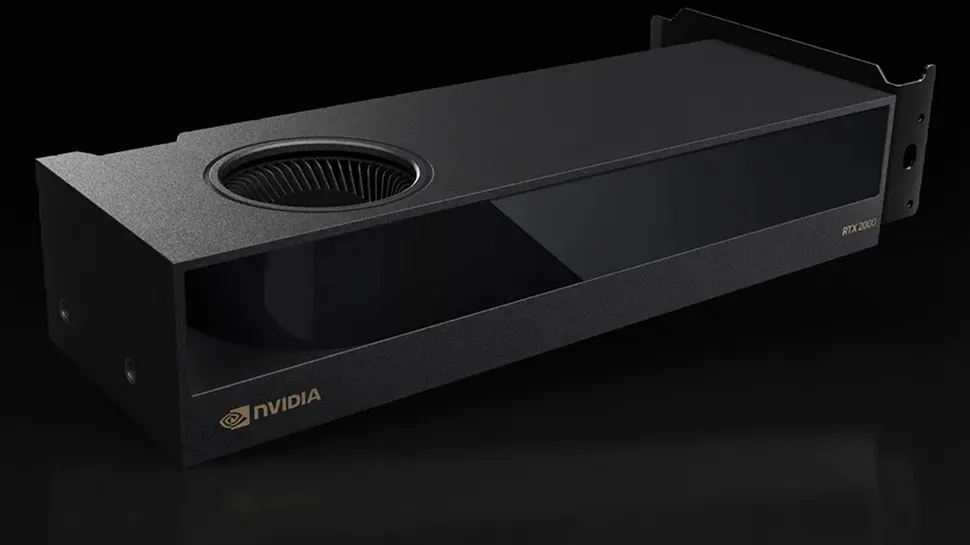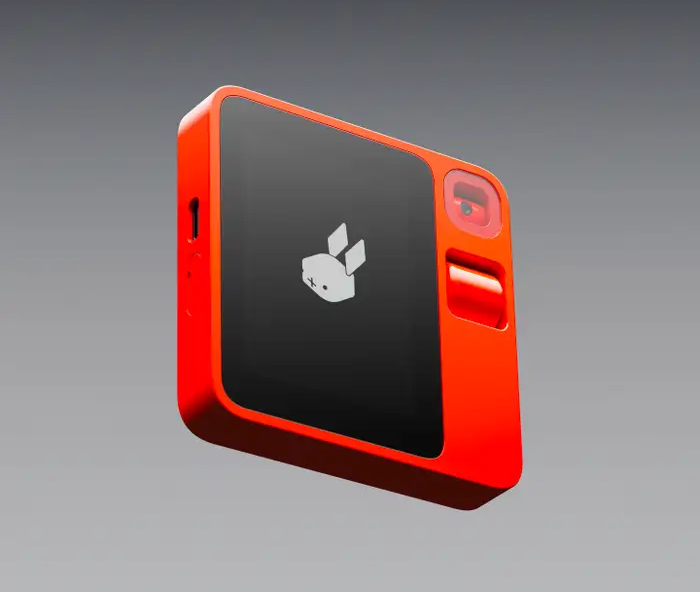(Image credit: Nvidia)
GPU maker NVIDIA continues pushing the boundaries of graphics processing with its ongoing Ada Lovelace architecture, now bringing powerful new capabilities to entry-level cards. The company has unveiled the RTX 2000 ADA Generation, the newest addition to its professional GPU lineup and a promising option for workstation and embedded applications seeking impressive performance on modest power budgets.
Based around the Ada-class AD107 GPU, the RTX 2000 delivers up to 1.5 times the FP32 throughput of its predecessor, the RTX A2000. This provides significant gains for graphics, compute, and AI workloads. Where it truly stands out, however, is its incredible power efficiency. Despite offering this level of performance boost, the RTX 2000 requires just 70W maximum – the same as the prior generation card.
This tiny power envelope is no small feat given the card’s capabilities. NVIDIA claims it can drive a massive 66 million pixels across two connected 8K monitors. To put this pixel-pushing prowess into context, that’s over 19 million more pixels than the highest resolution 8K TV panels on the market today using a single GPU.
Beyond pixels, the RTX 2000 packs 16GB of GDDR6 memory – 4GB more than the RTX A2000. This expanded VRAM canvas allows handling larger datasets and creations. Error correcting code is also applied to the memory for greater reliability important in professional contexts.
Performance gains come courtesy of NVIDIA’s third-generation RT Cores for up to 1.7x faster ray tracing, along with fourth-gen Tensor Cores enabling up to 1.8x higher AI throughput. The card supports the eighth-gen NVENC encoder with AV1 support for more efficient video encoding too.
DLSS 3 enables boosting frames per second significantly in games through AI frame generation while maintaining high quality. However, for graphics pros the card’s broader appeal stems from its ability to power creative tools, design simulations, medical imaging, video workflows, and other productivity applications.
At a mere $625 MSRP, the RTX 2000 makes high-performance OpenGL and CUDA capabilities accessible on tighter budgets. Its slim design needs no external power, fitting compact workstations, laptops, and edge devices. In the datacenter it could enable dense server blade configurations with minimal cooling demands.
Does the RTX 2000 deliver true workstation capabilities? While display outputs are limited to four Mini-DP 1.4a ports lacking DP 2.0, for many use cases its massive pixel-pushing, generous memory, dedicated professional drivers, and incredible energy efficiency will more than make up for it. With Ada, NVIDIA may have opened new doors for accelerated computing at both the desktop and system level.
ZMSEND.com is a technology consultancy firm for design and custom code projects, with fixed monthly plans and 24/7 worldwide support.


